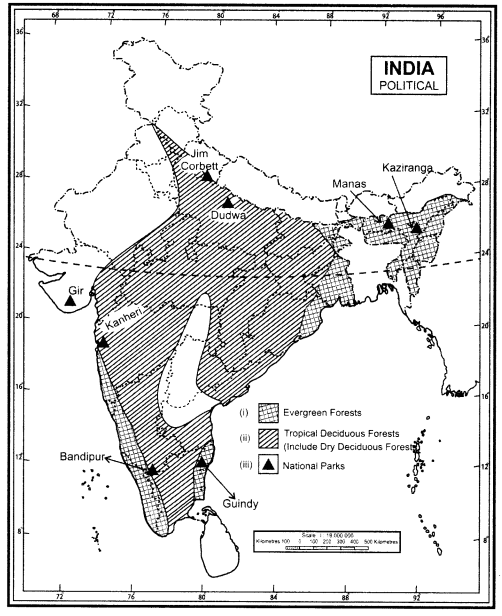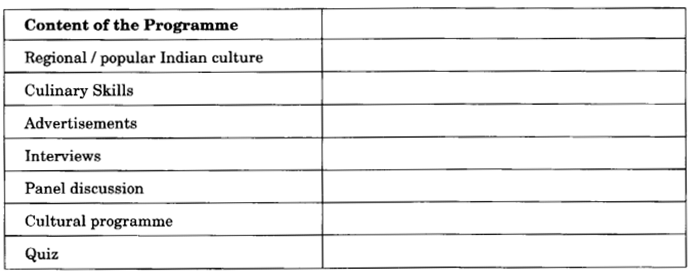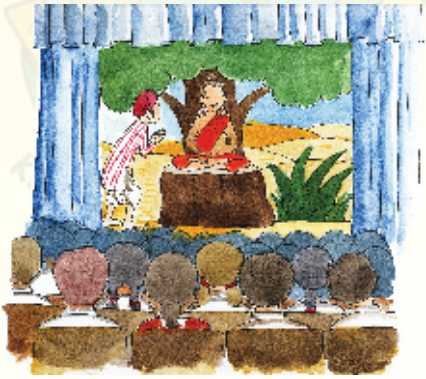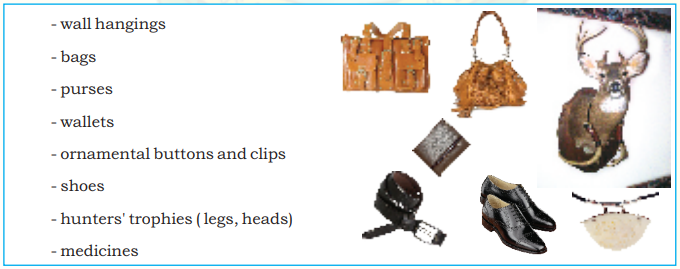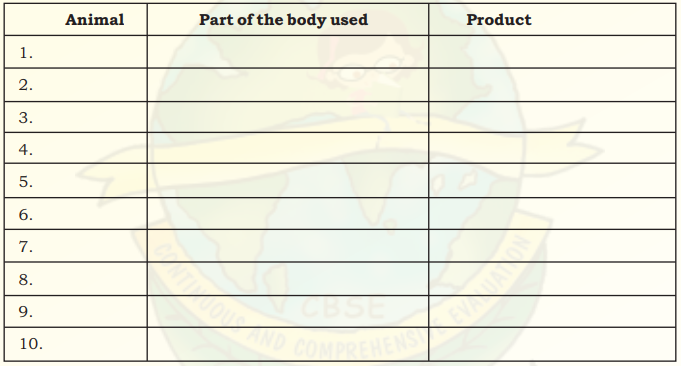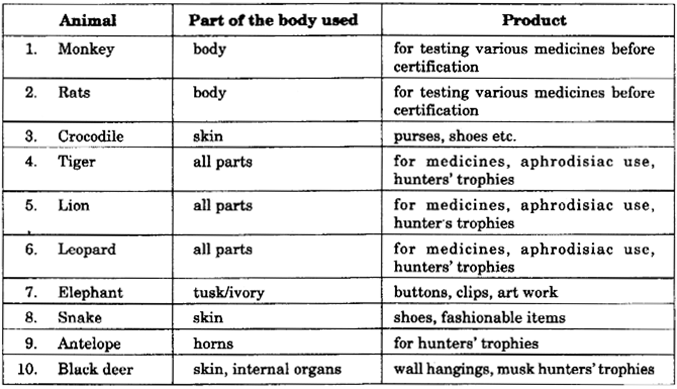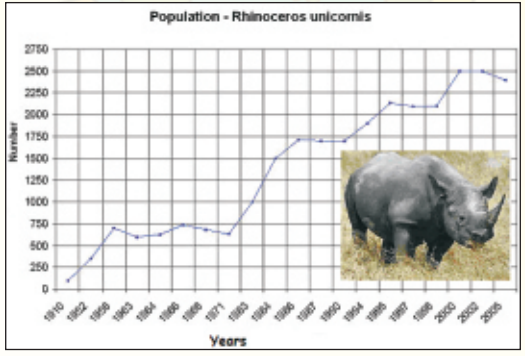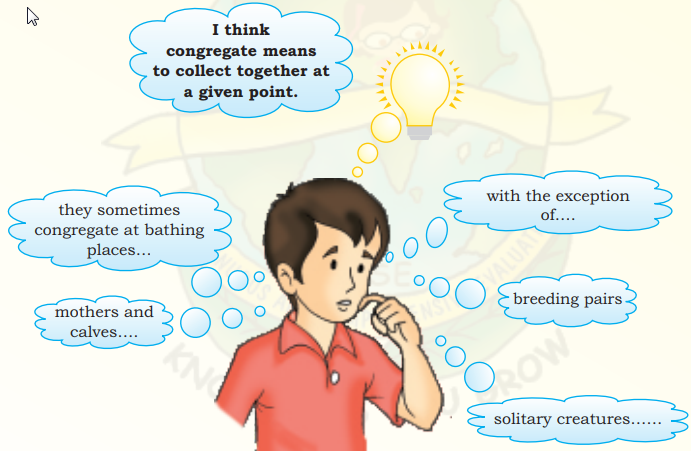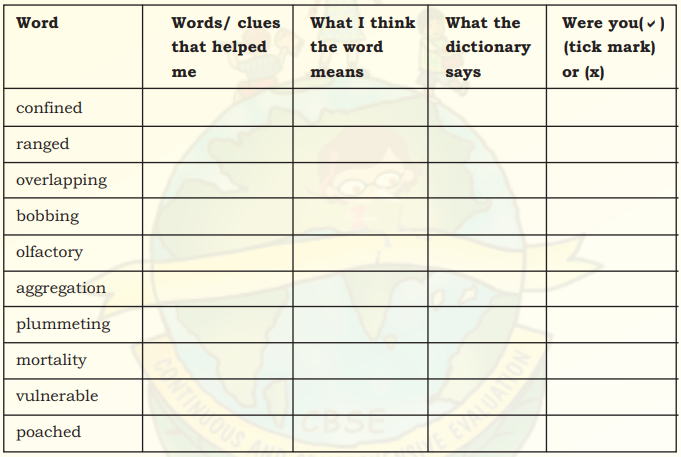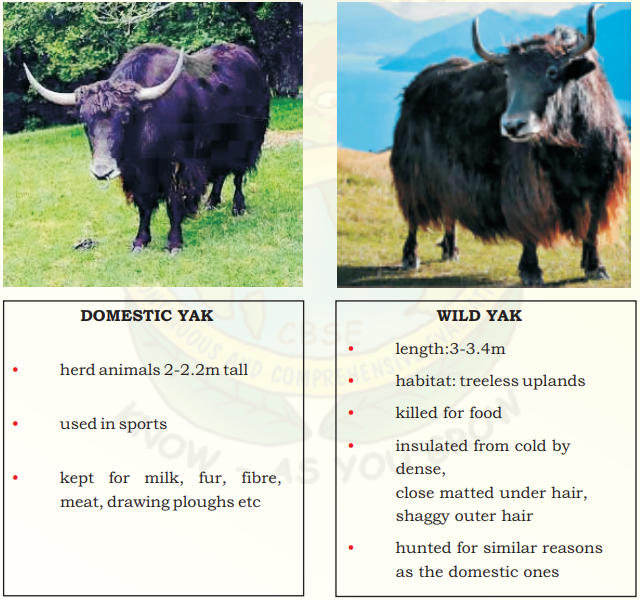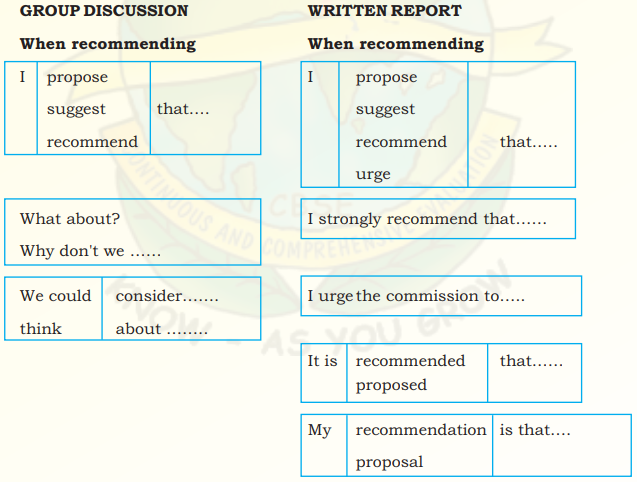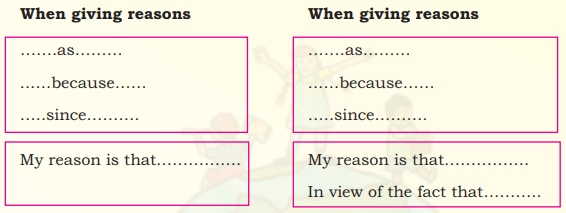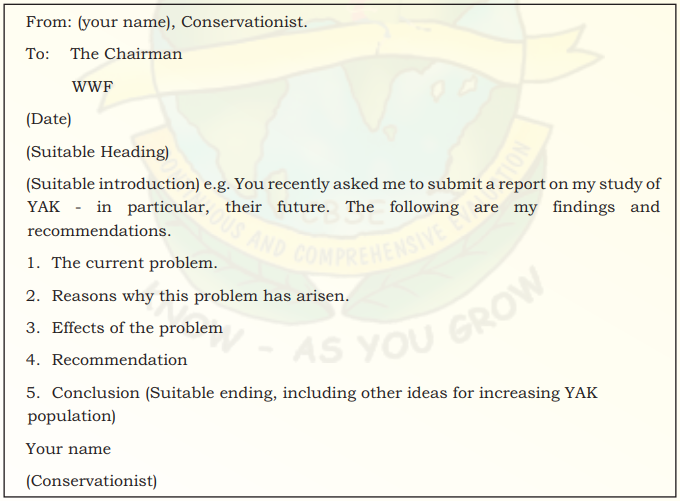NCERT Solutions for Class 9 Social Science History Chapter 2 Socialism in Europe and the Russian Revolution
These Solutions are part of NCERT Solutions for Class 9 Social Science. Here we have given NCERT Solutions for Class 9 Social Science History Chapter 2 Socialism in Europe and the Russian Revolution. Free PDF download of NCERT Solutions for Class 9 Social Science (India and the Contemporary World – I) Chapter 2 – Socialism in Europe and the Russian Revolution. All questions are explained by the expert Social Science teacher and as per NCERT (CBSE) guidelines.
Question 1.
What were the social, economic, and political conditions in Russia before 1905?
Answer:
The social, economic and political conditions in Russia, before 1905 was quite backward. Social inequality was very prominent among the working class. Workers were divided on the basis of their occupation. Workers whose jobs needed skill and training considered themselves on a higher plane than the untrained worker. Workers had strong links to the villages they came from and this also caused a social divide among workers.
Economically Russia was going through a very difficult period. The population had doubled and the economic conditions turned from bad to worse. The government introduced new programmes of industrialization which created employment. This Industrialization did not help the workers who were exploited and their living conditions only worsened.
Compared to other European nations, Russia was politically backward, during the thirteenth century. All political parties were illegal in Russia before 1914. The Russian peasants formed the Socialist Revolutionary Party in 1900, but as they were not a united group they were not considered to be part of a socialist movement.
Question 2.
In what ways was the working population in Russia different from other countries in Europe, before 1917?
Answer:
The working population in Russia was different from that of those in other countries in Europe before 1917 in the following ways.
- The vast majority of Russians were agriculturalists. This proportion was higher than in most European countries. In France and Germany, this proportion was between 40% and 50%.
- The cultivators in Russia produced for the markets as well as for their own needs.
- Workers were divided social groups on the basis of skill. Metalworkers considered themselves aristocrats among other workers as their occupation demanded more training and skills.
- Peasants in Russia had no respect for the nobility. Nobles got their power and position through the Tsar and not through local popularity, whereas in countries like France, peasants respected nobles.
- In Russia, peasants had pooled their land together and divided the profits according to the family needs. In other parts of the world, agriculture was done individually by the peasants.
Question 3.
Why did the Tsarist autocracy in Russia collapse in 1917?
Answer:
During the winter of 1917, factory workers faced acute food shortages and extreme cold climate. Dissatisfaction was raging high among the workers.
A factory lockout on the right bank of the river Neva, triggered a strike in the month of February, 1917. 50 other factories joined in the strike. In many factories women led the strike. The government tried many measures to contain the strike. Curfew was imposed, the cavalry and police were called out to suppress the workers. The dissatisfied worker could not be contained. On the 27th of February, the Police Head Quarters’ were ransacked.
The turning point of this revolt was when the government regiments joined the striking workers. They formed the ‘ Soviet’ or ‘Council’. The Tsar was advised to abdicate. Thus the February Revolution brought down the monarchy in 1917.
Question 4.
Make two lists: one with the main events and effects of the February Revolution and the other with the main events and effects of the October Revolution. Write a paragraph on who was involved in each, who were the leaders and what the impact of each was on Soviet history.
Answer:
| Events | In the winter of 1917, the situation in Petrograd was grim. There was food shortage in the workers’ quarters. 22 February: Lockout took place at a factory. Workers of factories joined in sympathy. Women also led and participated in the strikes. This came to be called the International Women’s Day. The government imposed a curfew. 24, 25 February: The government called out the cavalry and police to keep an eye on them. 25 February: The government suspended the Duma and politicians spoke against this measure. The people were out with force once again. 27 February: The police headquarters were ransacked. Cavalry was called out again. An officer was shot at the barracks of a regiment and other regiments mutinied, voting to join the striking workers gathered to form a Soviet or council. This was the Petrograd Soviet. A delegation went to meet the Tsar. The military commanders advised him to abdicate. 2 March: The Tsar abdicated. A provisional government was formed by the Soviet and Duma leaders to run the country. |
| Effects | Restrictions on public meetings and associations were removed. Soviets were set up everywhere. In individual areas, factory committees were formed which began questioning the way industrialists ran their factories. Soldiers’ committees were formed in the army. The Provisional Government saw its power declining and Bolshevik influence grew. It decided to take stern measures against the spreading discontent. It resisted attempts by workers to run factories and arrested leaders. Peasants and the socialist revolutionary leaders pressed for a redistribution of land. Land committees were formed and peasants seized land between July and September 1917. |
No political party was involved in the February Revolution. It was a combined effort of the workers of fifty factories along with women who took up the leadership.
October Revolution:
| Events | 16th October 1917: Lenin persuaded the Petrograd Soviet and Bolshevik Party to agree to a socialist seizure of power. A Military Revolutionary Committee was appointed by the Soviet to organise seizure. 24th October: Uprising began. Prime Minister Kerenskii left the city to summon troops. Military men loyal to the government seized the buildings of two Bolshevik newspapers. Pro-government troops were sent to take over telephone and telegraph offices and protect the Winter Palace. In response Military Revolutionary Committee ordered to seize government offices and arrest ministers. The ‘Aurora’ ship shelled the Winter Palace. Other ships took over strategic points. By night, the city had been taken over and ministers had surrendered. All Russian Congress of Soviets in Petrograd approved the Bolshevik action. By December: Heavy fighting in Moscow. The Bolsheviks controlled the Moscow-Petrograd area. The people involved were Lenin, the Bolsheviks and pro-government troops. |
| Effects | Most industries and banks were nationalised in November 1917. Land was declared social property and peasants were allowed to seize the land of the nobility. Use of old titles was banned. New uniforms were designed for the army and officials. Russia became a one-party state. Trade unions were kept under party control. A process of centralised planning was introduced. This led to economic growth. Industrial production increased. An extended schooling system was developed. Collectivisation of farms started. |
Lenin led the October Revolution along with Leon Trotskii. Bolshevik supporters in army, Soviets and factories were mobilised for mass struggle. Lenin rose to power and set up a Bolshevik government in Soviet Russia.
Question 5.
What were the main changes brought about by the Bolsheviks immediately after the October Revolution?
Answer:
- Banks and Industries were nationalised.
- Land was declared as social property.
- Peasants seized land from the nobility.
- Large houses were partitioned according to family requirements.
- The use of old titles by aristocrats was banned.
- New uniforms were introduced for the army and officials. The famous soviet hat (budeonovka) was introduced.
Question 6.
Write a few lines to show what you know about:
(a) Kulaks
(b) the Duma
(c) women workers between 1900 and 1930
(d) the Liberals
(e) Stalin’s collectivisation programme
Answer:
(i) Kulaks
Well-to-do peasants were called ‘ kulaks’ during Stalin’s leadership. As food shortage continued Stalin decided to introduce the Collectivisation Programme. Under this programme, ‘kulaks’ were eliminated. That is land from these well-to-do peasants was forcibly taken and large state-controlled farms were established. This was done to modernize farming and increase production.
(ii) The Duma
The Duma is an elected consultative Parliament, which was set up during the 1905 Revolution. Though the Duma was accepted by the Tsar, they were constantly dismissed by the Tsar and new ones were set up. After the February Revolution when the Monarchy was overthrown, Duma leaders and Soviet leaders formed a Provisional Government in Russia.
(iii)Women workers between 1900 and 1930
Women workers made up 31% of the factory labour in the 1900s. They were paid only half or three-quarters of the men’s wages. During the February Revolution in 1917, many women workers led the strikes. The condition of the women workers continued to be grim until the 1930s. Slowly conditions improved and crèches were set up in factories for the children of women workers.
(iv) The Liberals
After the French Revolution people wanted a transformation in society. Many groups were formed with this intention. One such group was the ‘Liberals’. The Liberals wanted a nation with religious tolerance and individual rights. Though they wanted an elected parliamentary government, they wanted only men of property to have the right to vote. They were against women voting.
(v) Stalins collectivization programme
Stalin believed that collectivization of agriculture would help in improving grains supplies in Russia. He began collectivization in 1929. All peasants were forced to cultivate in collective farms (kolhoz). The bulk of land and implements were transferred to the ownership of the collective farm. Many peasants protested such attempts and destroyed livestock to show their anger. Collectivization did not bring the desired results in the food supply situation turned even worse in subsequent years.
Hope given NCERT Solutions for Class 9 Social Science History Chapter 2 are helpful to complete your homework.
If you have any doubts, please comment below. Learn Insta try to provide online tutoring for you.
